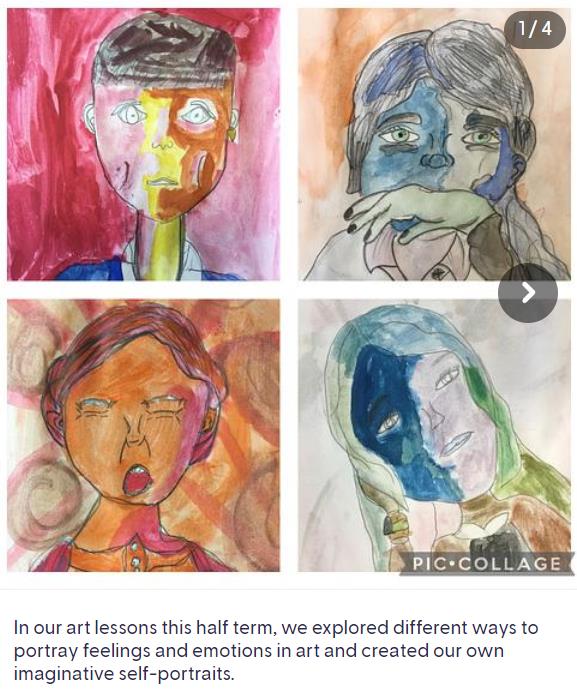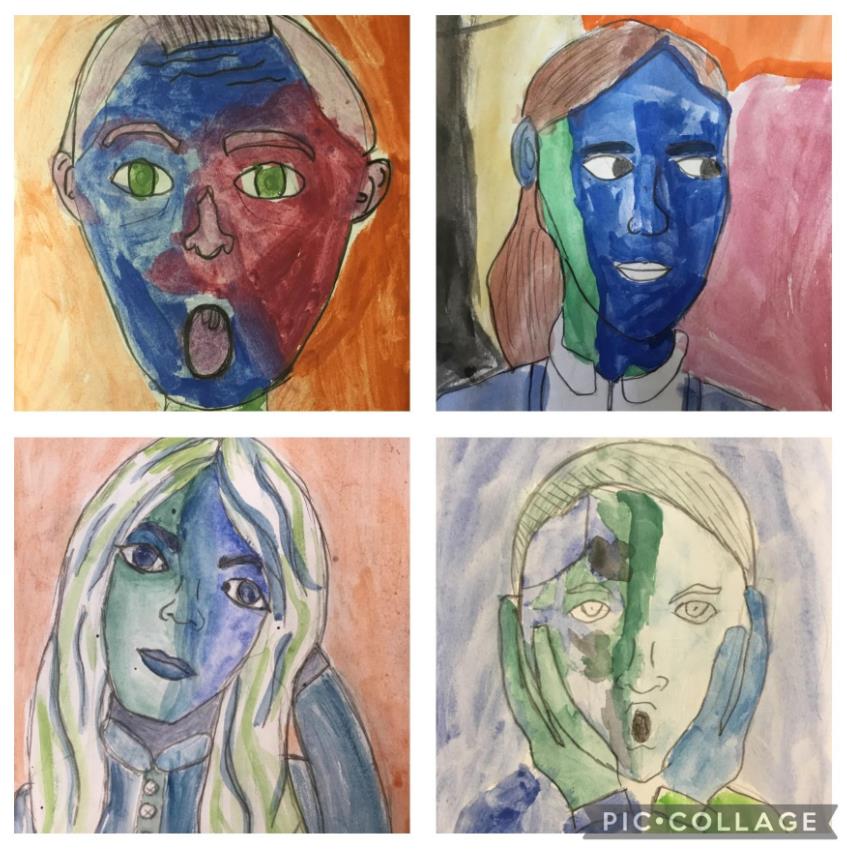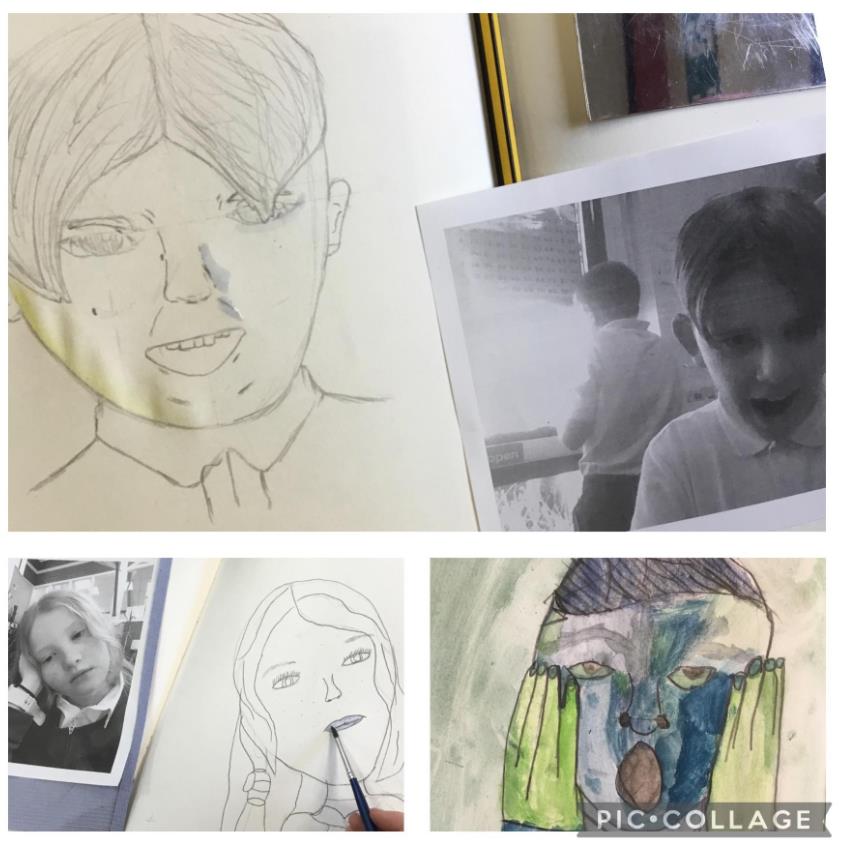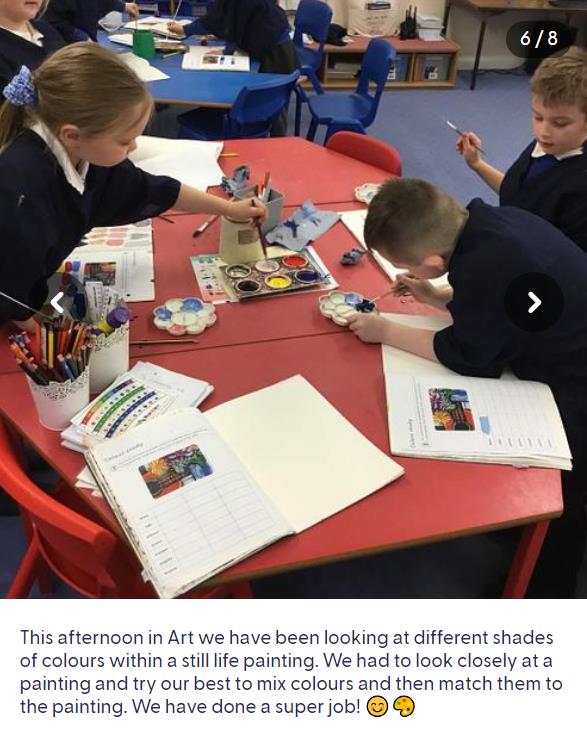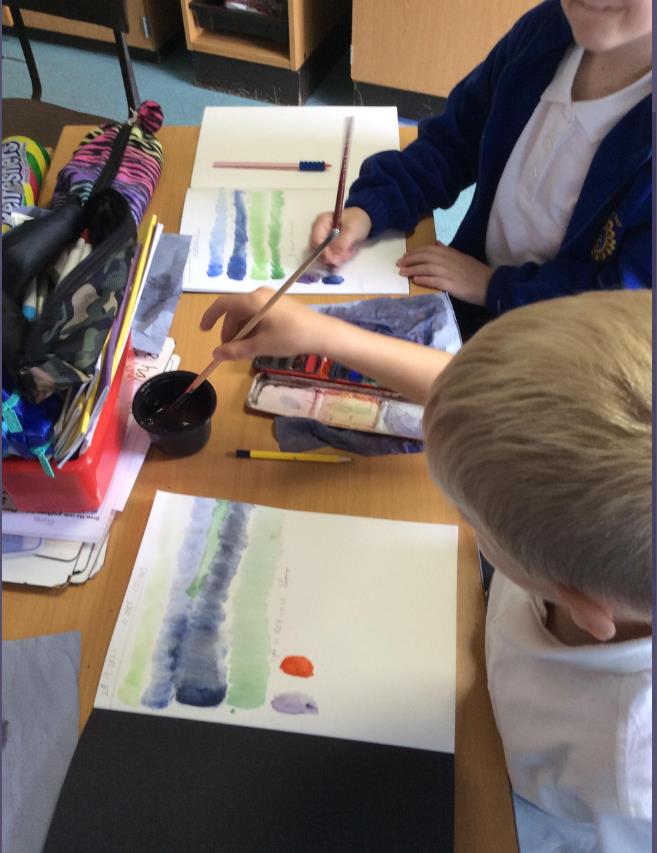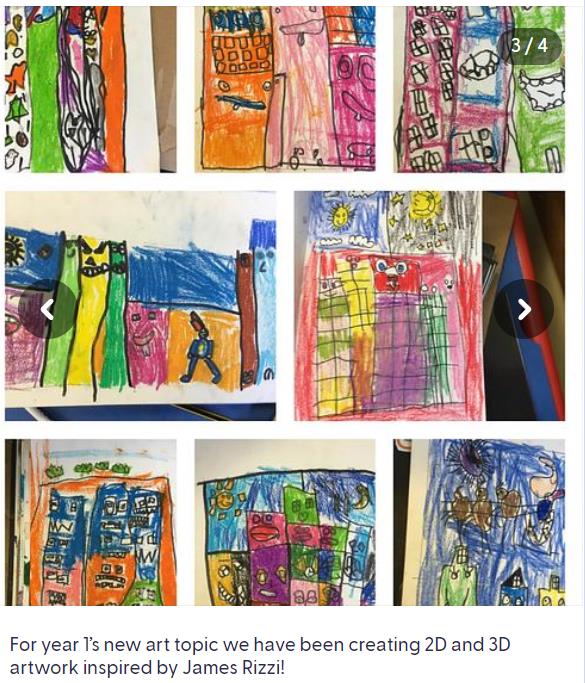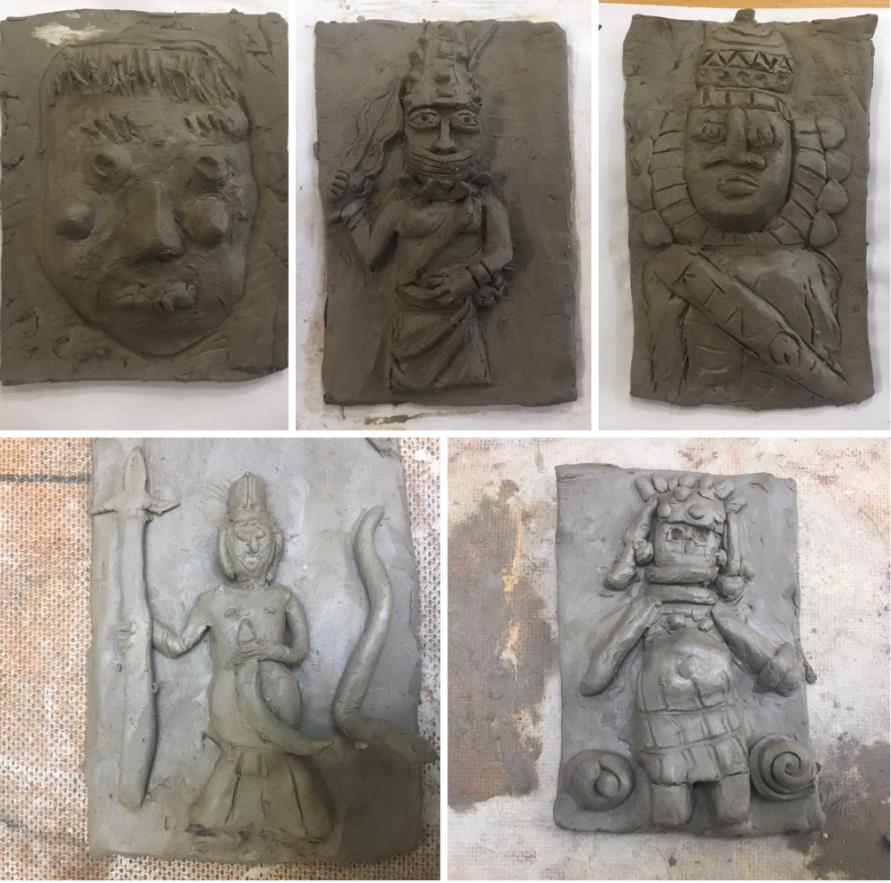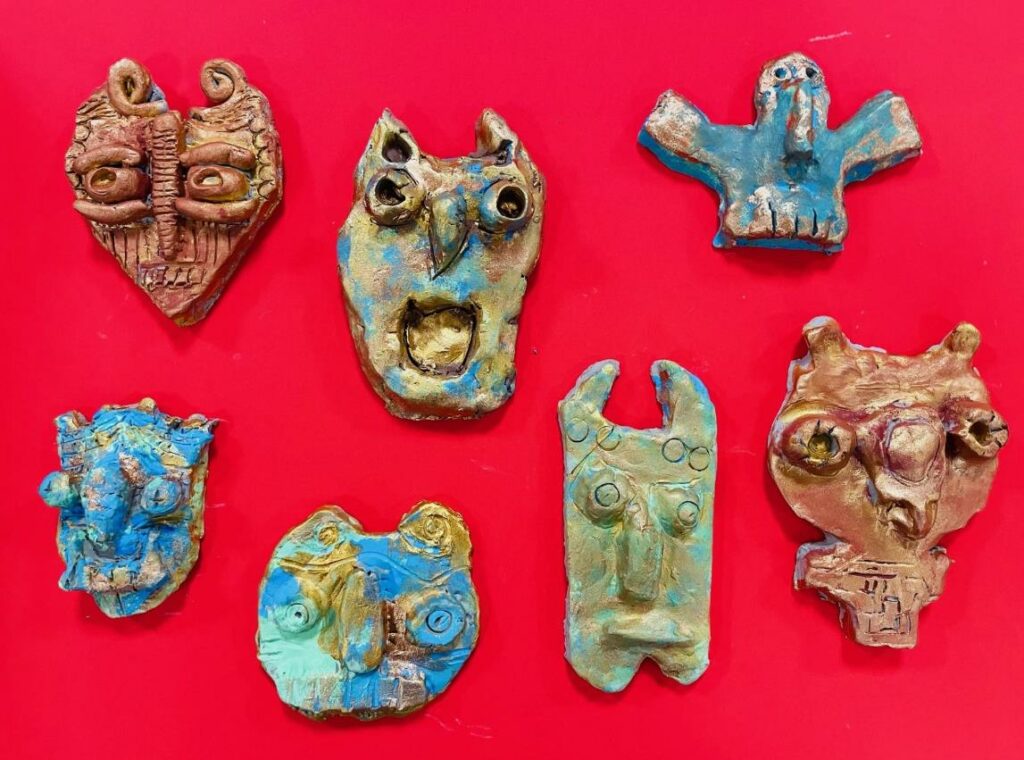Intent
Why do we teach this? Why do we teach it in the way we do?
At Hunmanby Primary School we intend for our teaching of Art to inspire pupils’ creativity and appreciation of all forms of art and craft.
We aim for pupils to have opportunities to:
- Stimulate children’s creativity and imagination by providing visual, tactile and sensory experiences and a unique way of understanding and responding to the world;
- Develop children’s understanding of colour, form, texture, pattern and their ability to use materials and processes to communicate thoughts, feelings and meanings;
- Explore with children ideas and meanings in the work of artists, craftspeople and designers, and help them learn about their different roles and about the functions of art, craft and design in their own lives and in different times and cultures;
- Help children to learn how to make thoughtful judgements and aesthetic and practical decisions and become actively involved in shaping environments
Implementation
What do we teach? What does this look like?
We deliver our art curriculum through projects and ‘Curriculum Maetsro’ to support our sequential planning and teacher subject knowledge. Sequential planning allows our children to develop, use, retrieve and build on prior knowledge. Delivering art in this way has ensured that there is curriculum connectivity and that art subject aspects are linked and developed throughout projects and build in complexity over time. The projects also make links across themes and topics, building children’s contextual knowledge across year groups.
What Art looks like in our school:
Key stage 1 Pupils should be taught:
- to use a range of materials creatively to design and make products
- to use drawing, painting and sculpture to develop and share their ideas, experiences and imagination
- to develop a wide range of art and design techniques in using colour, pattern, texture, line, shape, form and space about the work of a range of artists, craft makers and designers, describing the differences and similarities between different practices and disciplines, and making links to their own work
- To use their sketch books to record their ideas
Key stage 2 Pupils should be taught to develop their techniques, including their control and their use of materials, with creativity, experimentation and an increasing awareness of different kinds of art, craft and design. Pupils should
be taught:
- to continue sketch books to record their observations and use them to review and revisit ideas
- to improve their mastery of art and design techniques, including drawing, painting and sculpture with a range of materials [for example, pencil, charcoal, paint, clay]
- about great artists, architects and designers in history
Teaching should ensure that the investigating and making includes exploring and developing ideas and evaluating and developing work. Knowledge and understanding should inform this process.
These aspects of art and design are developed through individual and collaborative work in two and three dimensions and on different scales, using a range of materials and processes, and through investigating the work of artists, craftspeople and designers.
Art, Craft and Design Experience
At all stages all pupils will:
- observe, record and express the natural and manufactured world through a variety of media
- undertake individual and group projects in art which encourage group, independent & imaginative work
- have time to reflect on and talk about their work
- be encouraged to develop an aesthetic awareness of their environment
- be experiencing reproductions of “Works of Art” and discussing them in a meaningful way
- realise the cultural heritage of other societies both past and present
- be developing an understanding of technological processes in relation to art and design activities.
Impact
What will this look like? By the time children leave our school they will:
Teaching should ensure that the investigating and making includes exploring and developing ideas and evaluating and developing work. Knowledge and understanding should inform this process.
These aspects of art and design are developed through individual and collaborative work in two and three dimensions and on different scales, using a range of materials and processes, and through investigating the work of artists, craftspeople and designers.
Art, Craft and Design Experience
At all stages all pupils will:
- observe, record and express the natural and manufactured world through a variety of media
- undertake individual and group projects in art which encourage group, independent & imaginative work
- have time to reflect on and talk about their work
- be encouraged to develop an aesthetic awareness of their environment
- be experiencing reproductions of “Works of Art” and discussing them in a meaningful way
- realise the cultural heritage of other societies both past and present
- be developing an understanding of technological processes in relation to art and design activities.
Lorem ipsum dolor sit amet, consectetur adipiscing elit. Ut elit tellus, luctus nec ullamcorper mattis, pulvinar dapibus leo.
Lorem ipsum dolor sit amet, consectetur adipiscing elit. Ut elit tellus, luctus nec ullamcorper mattis, pulvinar dapibus leo.
